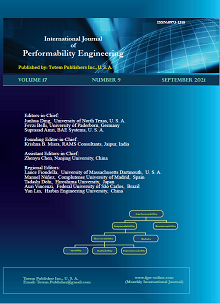-
A Comprehensive Review on Performance Improvement of Diesel and Biodiesel fueled CI Engines using Additives
- Kiran Chaudhari, Nilesh P. Salunke, Vijay R. Diware
-
2021, 17(9):
815-824.
doi:10.23940/ijpe.21.09.p8.815824
-
 Abstract
Abstract
 PDF (255KB)
PDF (255KB)

-
References |
Related Articles
Due to rising demand and prices of fossil fuels and their adverse impacts on health and environment, research is now conducted on alternative fuels. Biodiesel is an alternative fuel derived from various edible and non-edible feedstocks. It is utilized as either purely biodiesel or as part of a diesel mixture. However, it has a few disadvantages such as inferior cold flow properties leading to poor cold starting, lower combustion quality, and higher nitrogen oxide emission. These drawbacks can be overcome by using fuel additives. Additives that can be used are metallic, antioxidant, oxygenated, carbon based, organic, or a combination of these. Recent research demonstrated that use of additives improves thermal and physical properties of fuel, enhances combustion characteristics (flame temperature, heat transfer rate, and ignition delay), and increases emission performance. The research available are vast, uncategorized and to some extent inconsistent. Recent research on nano sized particles used as additives for diesel and biodiesel fuel in CI engines is summarized in this article. The future scope underlines the necessity of an environment friendly and economically feasible nano particle additive for CI engines.

